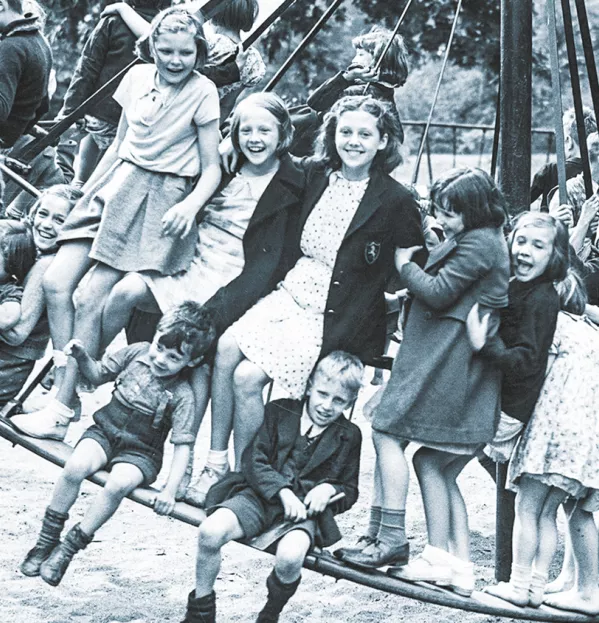How many lessons have you spent with a “carousel” of activities set up in your room, involving two or more independent activities and one “teaching table”?
I have done it loads - it is a manageable way to promote active learning in a large class with limited adult support. The kids rotate around the room, theoretically engaging with the independent activities under their own steam and then, in turn, each group spends time with you for a short burst of direct input.
In the middle and upper years this can work really well - the quality of independent work can be great. However, many early years teachers may find that they spend an awful lot of their “quality direct-input” time hollering over their shoulder at a table of “independent learners” who are not so much “solving practical money problems” as pelting each other with plastic loose change. Or not so much “weighing and ordering a series of objects” as trying to see if they can fit their own head on the scales.
I knew that it wasn’t working for me or my learners, but for a long while I struggled to find a more effective model.
Since the start of this year, I have been working differently in a play-based P1 environment. All my maths teaching occurs on a one-to-one basis while the rest of the children are engaged in free play: they are occupying themselves in a context that we have shaped to support, challenge and extend their learning, to foster curiosity and to promote social interaction (see “Calm, not chaos, rules at school where play is king”, Tes Scotland, 26 January).
They are busy, and their learning is rooted in personalisation and choice. I rarely have to interrupt what I am doing, so my maths teaching is much more focused and my understanding of pupils’ mathematical development is so much more detailed.
I am lucky this year in that I am team-teaching in a context where Pupil Equity Fund money has allowed the ratio of adults-to-children to be higher than normal. But I know that even if I went back into a more traditional set-up and I was on my own with 30 P1s, P2s or even P3s, I would now trust the kids more.
I would not feel that I had to keep the pupils I was not currently working with in some sort of holding pattern of my devising. Instead, I would create a space for play and set them free to learn and discover in their own way. And I would set myself free to spend time with them one-to-one - to find and close those all-important gaps in each child’s learning that we hear so much about.
Susannah Jeffries is a P1 teacher in Edinburgh
